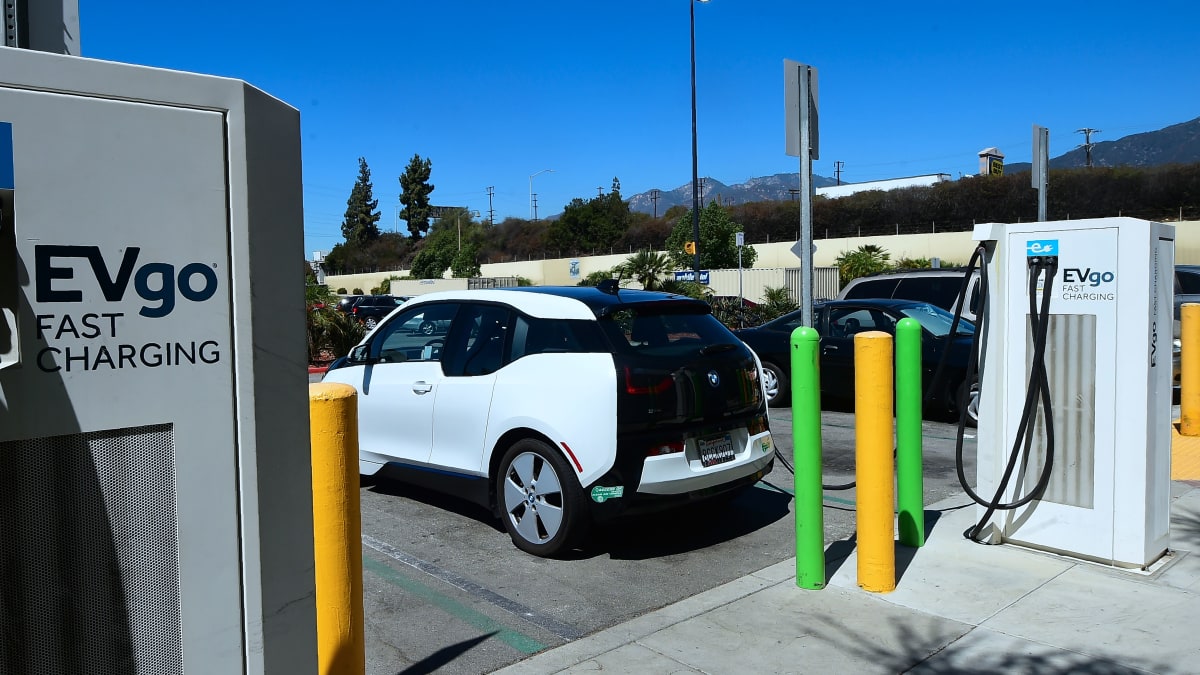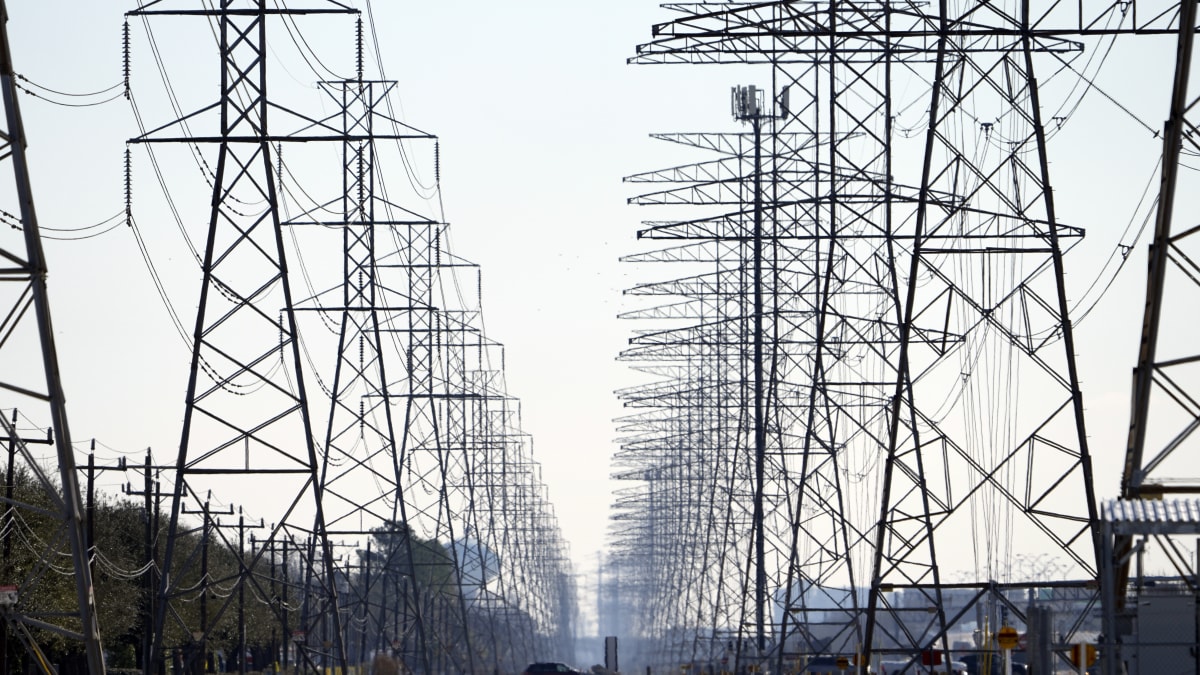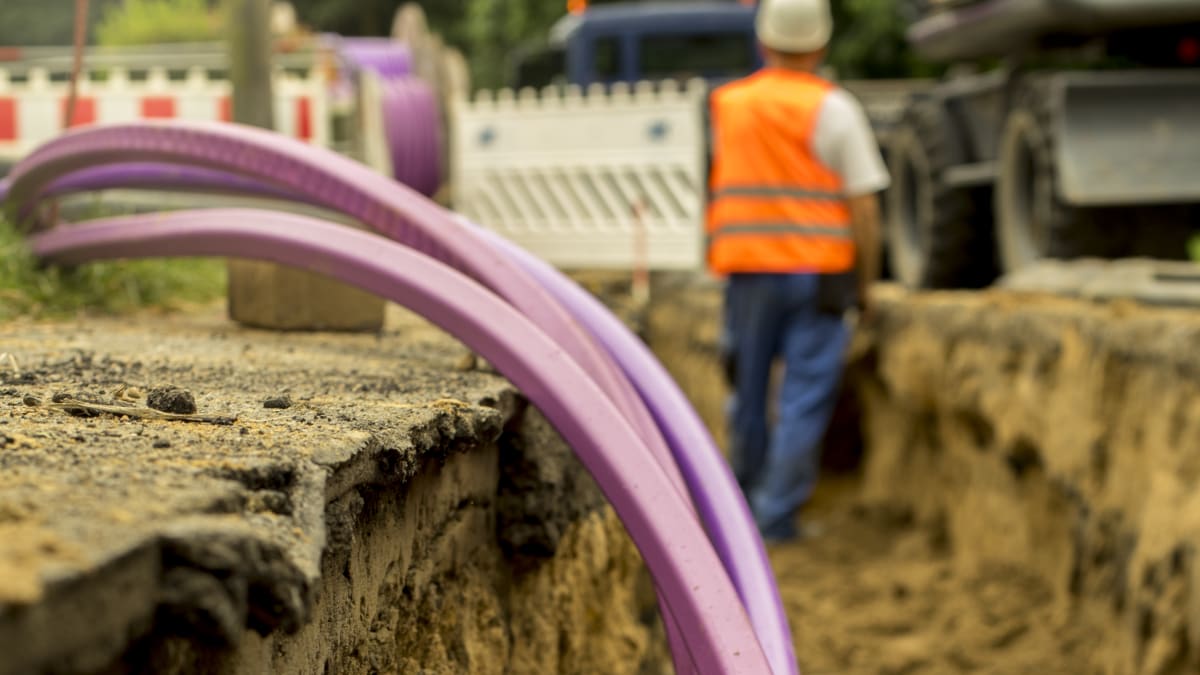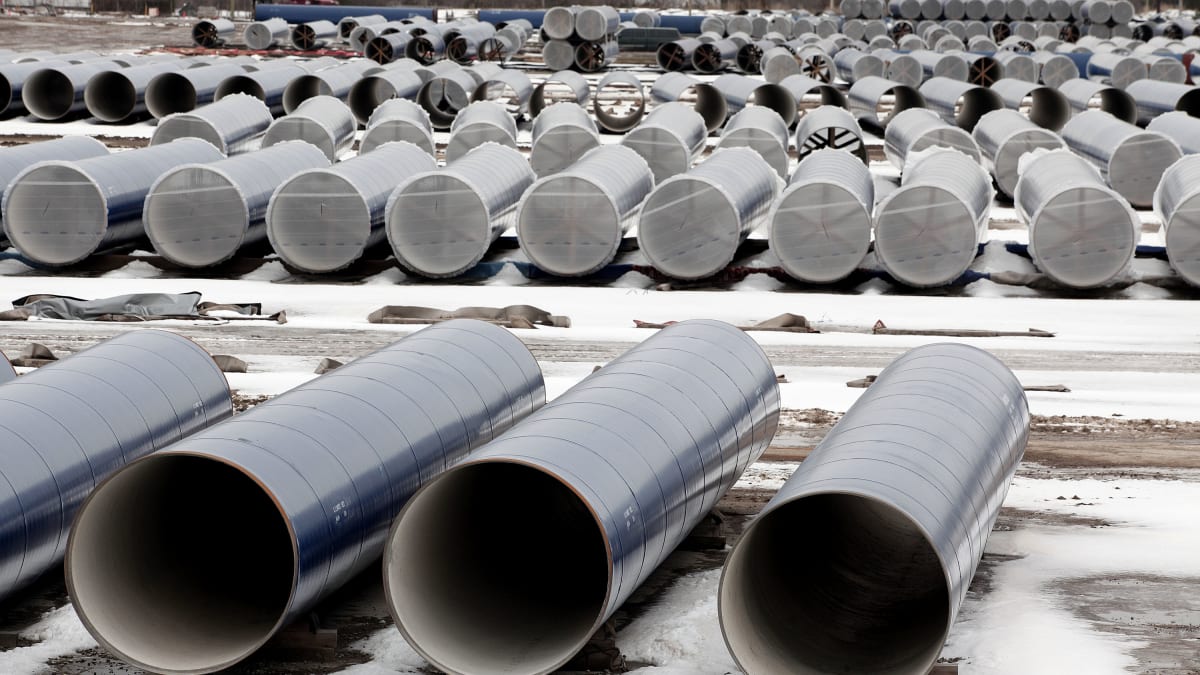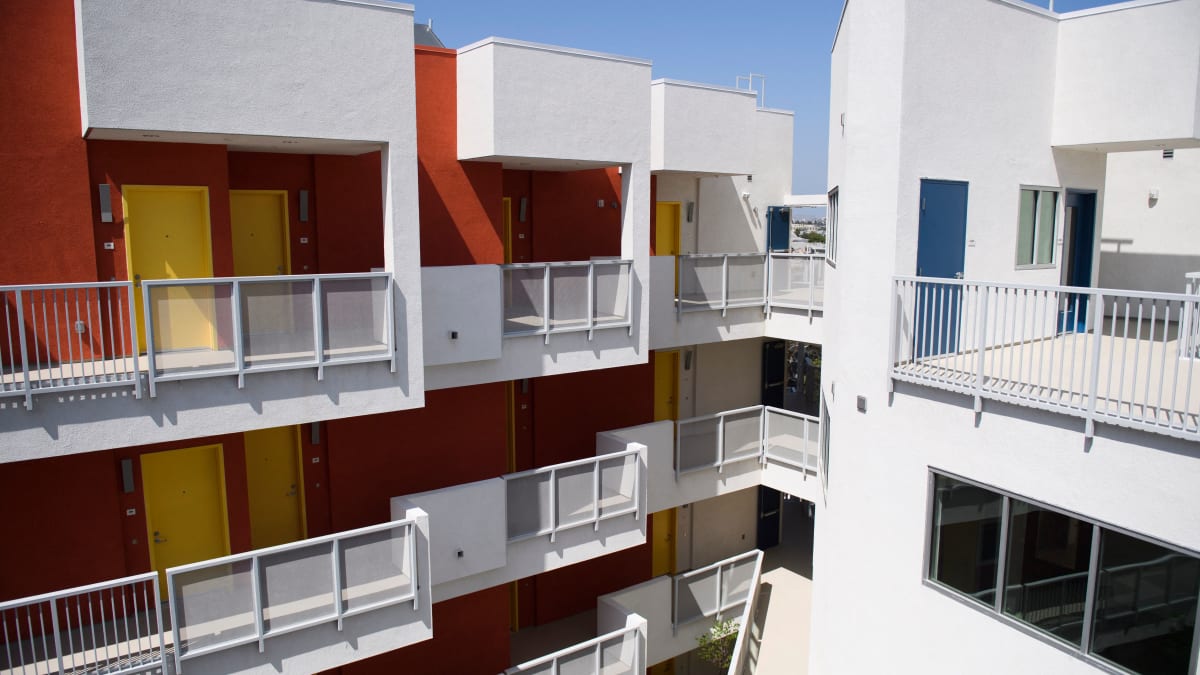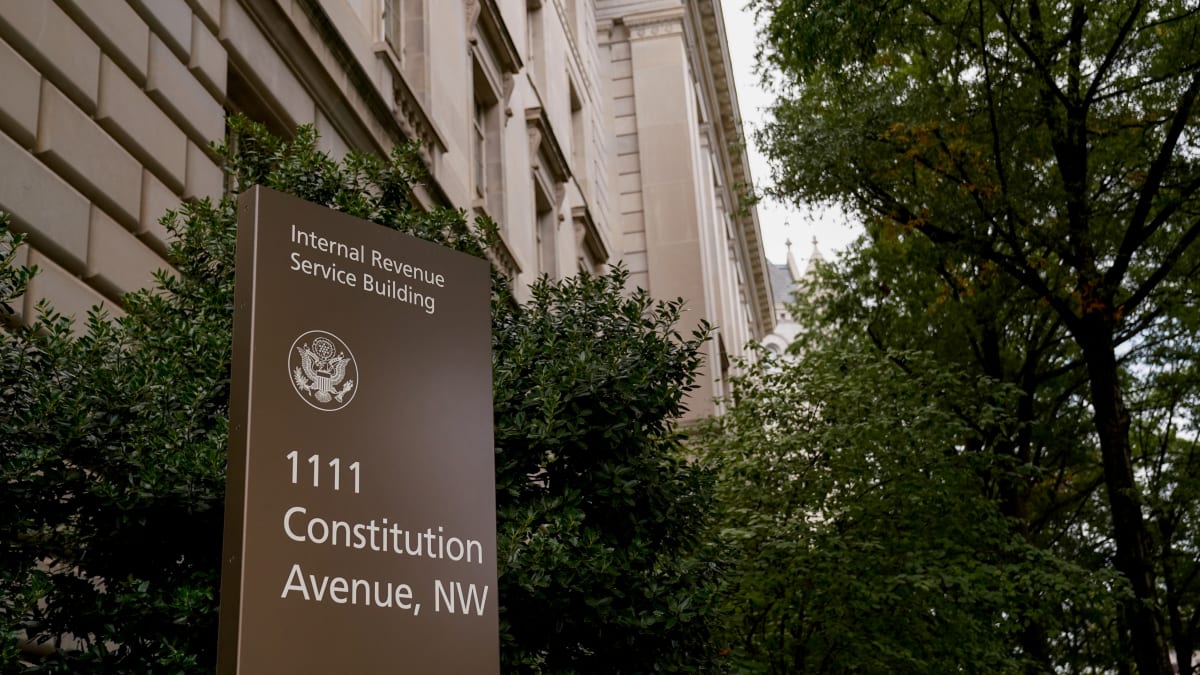President Joe Biden speaks with Sen. Rob Portman, R-Ohio, Thursday outside the White House. Pictured are, from left, Sen. Jeanne Shaheen, D-N.H., Portman, Sen. Bill Cassidy, R-La., Sen. Lisa Murkowski, R-Alaska, Biden, Sen. Joe Manchin, D-W.Va., Sen. Kyrsten Sinema, D-Ariz., Sen. Mark Warner, D-Va., and Sen. Mitt Romney, R-Utah. (AP)
WASHINGTON — President Joe Biden and top White House officials hailed a bipartisan, preliminary infrastructure agreement as proof that Washington — and even American democracy itself — could deliver tangible results despite huge partisan divides.
But securing the deal, which delivers a fraction of the investment he initially proposed, required the Democratic president to make big sacrifices. And its passage through Congress was thrown in doubt later Thursday, after Senate Minority Leader Mitch McConnell criticized a two-track plan to pass a second spending bill later.
The bipartisan framework is valued at $1.2 trillion over eight years, $579 billion of which is new spending.
Biden insists he will continue to fight for his priorities, including what he calls “human infrastructure” and more funding for environmental programs, in the separate Democrats-only bill, and insisted he would not sign one package without the other.
Here’s how the compromise infrastructure bill agreed by the senators Thursday compares to what was initially proposed:
Transportation
— $312 billion in new funding for roads, bridges, public transit and electric vehicle infrastructure, roughly half the $621 billion that Biden sought in March.
— $109 billion of that amount is for roads and bridges. It’s the biggest line item in the plan, but to put that in perspective, the American Society of Civil Engineers estimates that the country has a $786 billion backlog of road and bridge capital needs.
— $66 billion in additional funding for passenger and freight rail, a huge personal priority for Biden, who has logged more than one million miles on Amtrak, down from the $80 billion in the initial proposal.
— $49 billion for public transit, down from the $85 billion initially proposed.
— $25 billion for airports.
— $7.5 billion to build a national EV charging network along highways and in rural and disadvantaged communities.
— $7.5 billion to electrify thousands of school and transit buses and boost domestic manufacturing of zero-emission vehicles and parts.
— The biggest drop came for electric vehicle technology, where Biden had proposed investing $174 billion, including $100 billion on electric vehicle consumer rebates, but the new plan calls for just $15 billion after the rebates were eliminated. Democrats in Congress still plan to seek funding for EV rebates in other legislation this year.
Energy
Increased spending of $73 billion for a broader network of transmission lines to deliver electricity from solar and wind power to homes and businesses across the county.
Broadband
Increased spending of $65 billion on broadband infrastructure, down from the $100 billion proposed by the president. Biden has made increasing internet access for all Americans a top priority, especially given the huge gaps exposed during the pandemic when many low-income Americans and those in rural areas had trouble working and learning from home.
Environmental remediation
Biden had vowed to replace 100% of the nation’s lead pipes and service lines, and his aides say that will still happen, but the overall amount earmarked for environmental remediation dropped to $21 billion from $111 billion in the initial proposal.
It’s part of $55 billion for improvements to the nation’s drinking water and wastewater systems. Left on the cutting room floor are billions more that Biden had hoped to invest in modernizing America’s drinking water, wastewater and stormwater systems.
Human infrastructure
Missing completely from the proposal is $400 billion in funding for Medicaid to fund home care for the elderly and disabled, and some $200 billion to create free universal ‘pre-Kindergarten’ and expand other childcare services.
Affordable housing
Biden’s initial proposal also included $213 billion to produce, preserve and retrofit more than 2 million affordable places to live. He will have to fight to get that money included in the Democrats-only budget package.
How it’s paid for
One of the starkest differences is who will pay for it all. While Biden pledged to increase corporate income taxes to fund infrastructure, Republicans drew a line in the sand. The new deal pulls together a patchwork of increased IRS enforcement, selling off petroleum reserves, redirected funds from unused unemployment insurance benefits and municipal bonds, among other things.
Biden didn’t want to increase the user fees typically used to fund highways and transit, the federal gas and diesel tax. Republicans didn’t want to raise corporate taxes. The result was a scramble for cash. Lawmakers propose paying for the bill by pulling dollars from existing programs, cracking down on tax dodgers, auctioning spectrum for 5G services and at least one reliable stand-by for Congress, selling off some of the Strategic Petroleum Reserve.
Lawmakers, according to a document from Sen. Rob Portman, R-Ohio, are projecting that spending an additional $40 billion on the IRS would generate about $140 billion in additional federal revenue through audits and improved customer service. The agency was hit with budget cuts that began about a decade ago, shrinking the staff and the number of audits it performed.
Another big revenue raiser would come from clawing back unused COVID relief funds, $80 billion, plus recouping some of the supplemental unemployment insurance provided for in this year’s COVID relief bill, $25 billion. Dozens of states have rejected the $300 weekly benefit the federal government is temporarily providing, claiming that the payment stops people from returning to the workforce.
Lawmakers are also estimating they can raise $65 billion in spectrum auctions for 5G services and $72 billion by improving the integrity of the state unemployment insurance systems. Fraud perpetrators, sometimes in China, Nigeria or Russia, have bought stolen personal identifying information on the dark web and have flooded state unemployment systems with bogus claims.
The Associated Press contributed to this report.
Related video:

